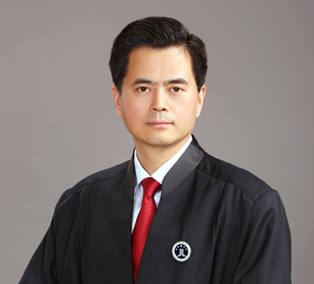Patents need to be properly drafted
Patents need to be properly drafted to fulfill two requirements for a valid patent.
Audrey Yap Su Ming, managing partner at Yusarn Audrey & Partners in Singapore, reiterated this key information in reaction to the ruling by Singapore’s Court of Appeal last February on a patent infringement case involving local company IIa Technologies and Element Six Technologies, subsidiary of De Beers Group. The ruling ordered the revocation of the latter’s patent, SG 872, covering the production of synthetic diamonds via chemical vapour deposition.
Element Six Technologies, manufacturer of synthetic diamonds and supermaterials, filed a lawsuit in 2016 against IIa Technologies, a company engaged in lab-grown diamond technology for infringing two of its patents.
Contesting the validity of the patents, the latter filed a counterclaim to move for their revocation.
In 2020, Singapore’s High Court ruled for the revocation of one of the patents, SG 508. Covered under the patent is the process of color alteration of lab-grown diamonds via heat treatment. The court maintained the validity of SG 872 which means the patent was indeed infringed by IIa Technologies.
The Singaporean firm appealed the decision. On February 17, 2023, the Court of Appeal ruled in its favor. The court stated that SG 872’s product and process claims are “classically insufficient.” It was also deemed “uncertain.”
According to Yap, one requirement for a valid patent is it must be ‘sufficiently clear and complete.’
“In order for a patent to be granted, it must ‘teach’ how the invention is made or how it is worked. Because the subject matter of making synthetic diamonds and growing it through vapour deposition is so technical, the courts required a technical tutorial in order to better appreciate if indeed this requirement is fulfilled,” said Yap. “This sets the threshold pretty high.”
“Secondly, the courts also tested the parameters of sufficiency through the lens of ‘uncertainty,’ whether a skilled person - knowledgeable in diamond manufacture - would indeed know whether he is infringing the De Beers patents,” she added.
According to Yap, the case is significant because it sets out for the first time a clear analysis of the two requirements for a valid patent.
“It is necessary to now carefully consider the question of sufficiency to a certain level of complexity in order for the patent to be robust enough to withstand an invalidation attack. On the flip side, it also appears with the success of this invalidation counterclaim, it may be deployed as a strategy to counter an infringement action, given this is an additional basis to defeat such an action by a patent rights holder,” she said.






